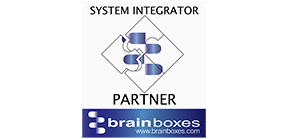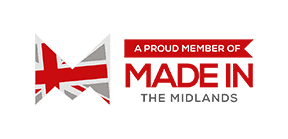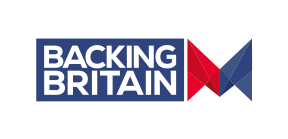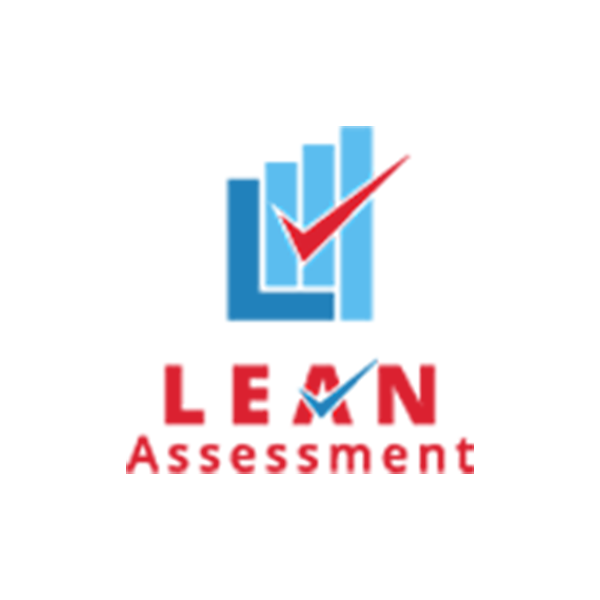What is Lean Management?
- By Brett Griffiths
- Lean Technology
- August 24 , 2023
- Share
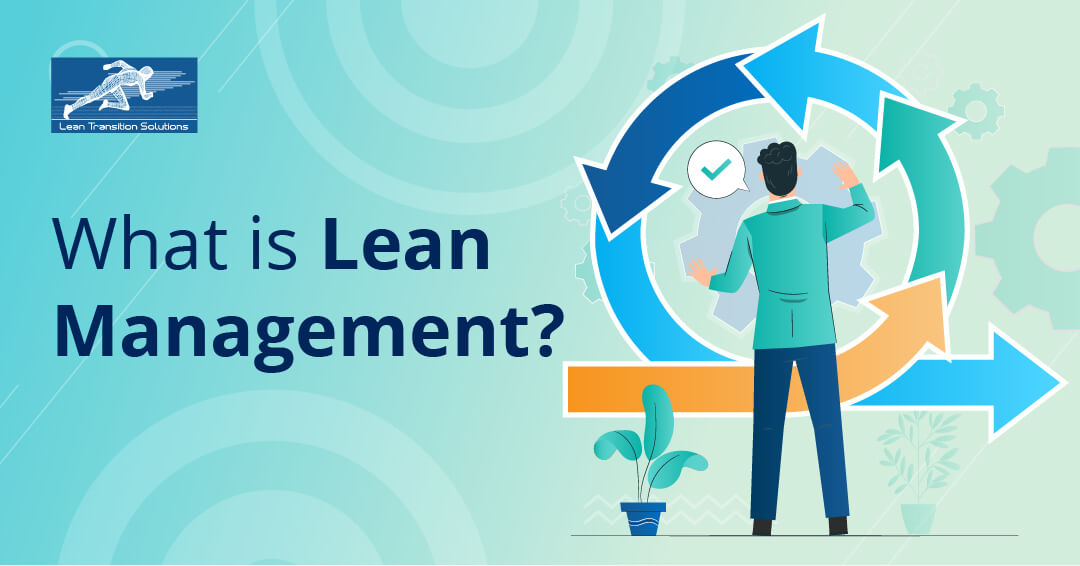
The implementation of lean methodology has significantly transformed organisational performance and efficiency throughout history. Lean management emerged from the Toyota Production System (TPS) in response to resource scarcity and the need for efficient production. Toyota revolutionised its manufacturing processes by prioritising value from the customer's perspective and eliminating wasteful practices, setting the stage for a new era of operational excellence.
Today, Lean management has expanded beyond its manufacturing roots to benefit various industries. It focuses on identifying and eliminating non-value-added activities, streamlining processes, reducing costs, and optimising resource utilisation.
In a world of fierce competition and increasing customer expectations, lean management offers a strategic advantage. It transforms operations by fostering a culture of efficiency, continuous improvement, and adaptability. This blog discusses lean management, a proven pathway to operational excellence and sustained growth.
What is Lean Management?
Lean management systematically organises and manages processes to minimise waste, optimise efficiency, and deliver customer value. Initially developed by Toyota in the manufacturing sector, lean principles have since been adopted across various industries and sectors to improve operational performance and overall effectiveness.
At its core, lean management identifies and eliminates activities that do not add value to products or services, commonly called "waste." These wastes include overproduction, excess inventory, unnecessary transportation, waiting times, defects, and unused employee creativity. Organisations can streamline processes, reduce costs, and enhance quality by eliminating these wasteful activities.
Principles of Lean Management
The five principles of lean management, often referred to as the core pillars of lean thinking, are the foundation of the lean methodology. These principles guide organisations in their quest for operational excellence and waste reduction.
- Value: It involves identifying what adds value from the customer's perspective. This means understanding the aspects of a product or service customers are willing to pay for and recognizing that anything beyond that is considered waste.
- Value Stream: Value stream mapping visualises the end-to-end process that transforms raw materials into the final product or service. It helps identify the steps and activities that contribute value and those that do not.
- Flow: Flow refers to the smooth and continuous work movement through the value stream. Organisations can optimise their processes by eliminating bottlenecks, interruptions, and delays to ensure work flows seamlessly from one stage to the next.
- Pull: Pull systems are designed to produce items only in response to customer demand. Instead of producing in anticipation of demand (push), work is pulled through the process as needed. This minimises overproduction and reduces waste.
- Perfection (Kaizen): The pursuit of perfection is an ongoing journey of continuous improvement. Organisations embrace the philosophy of Kaizen, which encourages incremental and small improvements across processes, products, and people. This principle reinforces a culture of continuous learning and enhancement.
Steps for Implementing Lean Management
- Leadership Commitment and Cultural Alignment: Begin by securing leadership commitment to lean principles. Leadership sets the tone and provides the necessary resources for successful implementation. Align the organisation's culture with lean values, emphasising collaboration, accountability, and a drive for continuous improvement.
- Employee Training and Engagement: Educate and train employees at all levels about lean principles, tools, and methodologies. Engage employees by encouraging their input and involvement in identifying improvement opportunities.
- Identifying and Prioritising Improvement Opportunities: Conduct a thorough assessment of current processes to identify areas for improvement. Prioritise these opportunities based on their potential impact on value delivery, waste reduction, and overall efficiency.
- Iterative Implementation and Continuous Monitoring: Implement lean practices iteratively, starting with pilot projects before scaling up. Continuously monitor and measure progress using relevant metrics. Regularly review data to assess the effectiveness of lean initiatives and make necessary adjustments for optimal outcomes.
Tools and Techniques for efficient Lean Management
- 5S for Workplace Organization: 5S is a systematic approach to organising the workplace for efficiency and effectiveness. It involves Sort, Set in order, Shine, Standardise, and Sustain. By decluttering, arranging items logically, cleaning, standardising procedures, and maintaining improvements, 5S creates a well-organised and productive work environment.
- Value Stream Mapping for Process Visualisation: Value stream mapping visually represents the end-to-end process flow, highlighting value addition and waste areas. It helps identify bottlenecks, delays, and root causes, enabling targeted process improvements.
- Kanban Systems for Pull-Based Production: Kanban is a visual scheduling system ensuring production occurs in response to customer demand. It uses visual cues or "cards" to signal when more work is needed, preventing overproduction and optimising resource allocation.
- Poka-Yoke (Mistake-Proofing) to Prevent Errors: Poka-yoke involves designing processes or mechanisms that prevent errors or mistakes from occurring. By adding safeguards and foolproof measures, organisations minimise the risk of defects, thereby enhancing product quality and reducing waste.
- Just-In-Time (JIT) Production for Efficient Resource Utilisation: JIT is a cornerstone of lean manufacturing, aiming to produce only what is needed, when needed and in the exact quantity required. JIT minimises inventory, reduces carrying costs, and enhances production efficiency by synchronising production with demand.
Benefits of Lean Management
The benefits of lean management collectively contribute to an organisation's competitiveness, agility, and ability to adapt to dynamic market conditions, ultimately leading to sustained growth and success.
- Enhanced Operational Efficiency: Lean management focuses on eliminating waste, streamlining processes, and optimising resource utilisation. This leads to smoother workflows, reduced bottlenecks, and improved Overall Operational Efficiency (OOE).
- Reduced Costs and Waste: By identifying and eliminating non-value-added activities, lean management significantly reduces waste, such as excess inventory, overproduction, and unnecessary motion. This reduction in waste translates into cost savings and resource optimisation.
- Improved Quality and Customer Satisfaction: Lean principles emphasise delivering value from the customer's perspective. By eliminating defects and errors through mistake-proofing (Poka-Yoke), organisations enhance product and service quality, ultimately leading to higher customer satisfaction and loyalty.
- Shorter Lead Times and Faster Delivery: Lean management emphasises pull-based systems, like Kanban, where production is aligned with actual customer demand. This results in shorter lead times and faster delivery, enabling organisations to respond promptly to market changes.
- Increased Employee Engagement and Morale: Lean management encourages a culture of continuous improvement and employee involvement. Organisations foster higher engagement, job satisfaction, and morale by empowering employees to contribute ideas, solve problems, and take ownership of their work.
Challenges and Considerations in Implementing Lean Management
Addressing these challenges with careful planning, open communication, and a commitment to learning can help organisations navigate the implementation of lean management successfully, ultimately reaping the rewards of operational excellence and sustainable growth.
- Overcoming Resistance to Change: Introducing lean management often requires a shift in mindset and practices, which can encounter resistance from employees accustomed to traditional working methods. Overcoming this resistance demands effective communication, education, and involving employees in the change process.
- Balancing Short-Term Improvements with Long-Term Goals: While lean practices can yield rapid improvements, maintaining a long-term perspective is crucial. Organisations must balance achieving immediate efficiency gains and ensuring sustained growth and continuous improvement over time.
- Misunderstanding of Lean Principles: Misinterpretation or incomplete understanding of lean principles can lead to ineffective implementation. Providing comprehensive training and clarifying misconceptions is essential to ensure that lean tools are applied correctly and aligned with the intended outcomes.
- Overemphasis on Cost Cutting: While lean management can lead to cost reductions, focusing solely on cost-cutting might overlook other equally important benefits, such as improved quality, enhanced customer satisfaction, and employee engagement. A holistic approach considering all dimensions of lean principles is necessary for well-rounded success.
Real-World Examples of successful Lean Implementation
- Toyota Production System (TPS): Often considered the archetype of lean management, the Toyota Production System (TPS) revolutionised the automotive industry. Toyota's commitment to value, waste reduction, and continuous improvement led to streamlined production processes, reduced inventory, and enhanced quality. TPS introduced concepts like Kanban, Just-In-Time (JIT) production, and Kaizen, setting a benchmark for lean principles that have influenced industries worldwide.
- Boeing's Lean Transformation: Boeing, a leader in aerospace manufacturing, underwent a significant lean transformation to enhance efficiency and competitiveness. By applying lean principles across its production processes, Boeing reduced lead times, improved supply chain coordination, and eliminated waste. This transformation resulted in substantial cost savings, improved quality, and faster aircraft delivery.
- Amazon's Fulfilment Centers: Amazon's approach to lean implementation in its fulfilment centres exemplifies the application of lean principles in the e-commerce sector. Through advanced technology, data-driven optimisation, and efficient inventory management, Amazon fulfils customer orders quickly while minimising waste. Lean practices enable Amazon to handle high order volumes, reduce operational costs, and deliver a seamless customer experience.
Trends in Lean Management
- Integration of Technology, Data Analytics, and AI: The evolution of lean management includes embracing technology, data analytics, and artificial intelligence (AI). Organisations leverage advanced analytics to gain deeper insights into processes, identify improvement opportunities, and predict outcomes. AI enhances decision-making by processing large datasets and providing real-time recommendations for optimising operations.
- Application of Lean Principles beyond Manufacturing: Lean principles, initially rooted in manufacturing, now extend to various sectors. Healthcare, services, and software development are adopting lean methodologies to streamline processes, reduce waste, and enhance value delivery. This expansion showcases the adaptability and effectiveness of lean in diverse operational landscapes.
- Lean Principles in Remote and Hybrid Work Environments: The rise of remote and hybrid work arrangements is prompting the integration of lean principles into new work structures. Organisations are reimagining lean practices to ensure effective collaboration, communication, and process efficiency in virtual settings. This trend emphasises lean's relevance in optimising workflows regardless of physical location.
Lean management's versatility makes it applicable to various industries and sectors, transcending operational boundaries. Lean principles adapt seamlessly to diverse operations and functions, from manufacturing and healthcare to services and software development. By focusing on value, waste reduction, and continuous improvement, organisations across industries can harness the transformative potential of lean management to enhance efficiency, quality, and customer satisfaction, fostering success regardless of their specific field.
Incorporating lean principles in organisations is crucial for promoting productivity and efficiency. Organisations can improve processes and drive efficiency by promoting a culture of continuous improvement and lean thinking, encouraging active workforce participation. The fundamental shift in mindset toward lean principles enhances operations and establishes a resilient foundation for sustained growth and adaptability in an ever-evolving business landscape.
Start Free Trial
LEAN TRANSITION SOLUTIONS
The Old Vicarage, Pershore Road, Upton Snodsbury, Worcester, Worcestershire, WR7 4NR, United Kingdom.
BLOG
Lean Transition Solution
-
Lean Industry 4.0 Solutions
- TITAN:Computerised Maintenance Management System
- Data Point:Computerised Balanced Scorecard
- Janus: Automated Shop-floor Data Capture System
- T-Card: Integrated Production Planning and Plant Level Execution System
- JDI: Maintenance Automation App
- Maximus: Integrated ERP System
- e-Contractor: Integrated In-house Contractor Management System
- Q-Point: Integrated Quality Management System
- Safety-Point: Integrated Health and Safety Management System
- Lean Assessment: Lean Audit and Assessment System
- Saisho: Lean 5S Audit and Assessment App
- Emergency Response App: To Manage Emergency Situations
-
Leadership 4.0 Solutions
- Your Career Academy(YCA): Learning and Development System
- YCA e-Learning : Management System
- MentorYou(MU): Mentoring App
- Leadership 4.0 : Leadership Transformation Program
- Lean Manufacturing Workshop
- Lean Manufacturing Consulting
- ILM Accredited Green Belt Training and Certification Program
- ILM Accredited Black Belt Training and Certification Program
- Software Development Service
- Resources
- Company
- Contact
